Reading Improvement Normal Phonics Worksheets for Ages 5-9
10 filtered results
-
From - To
Boost your child's reading skills with our specialized Reading Improvement Normal Phonics Worksheets designed for ages 5-9. Carefully curated to support early readers, these engaging worksheets focus on honing phonics abilities, blending sounds, and recognizing word patterns. Our fun and interactive exercises enhance learning retention, build confidence, and promote a love for reading. Ideal for use in classrooms or at home, these phonics worksheets are a valuable tool for parents and educators seeking to make a meaningful difference in their children’s literacy journey. Visit Kids Academy to access our expansive collection and spark your child's reading success today!
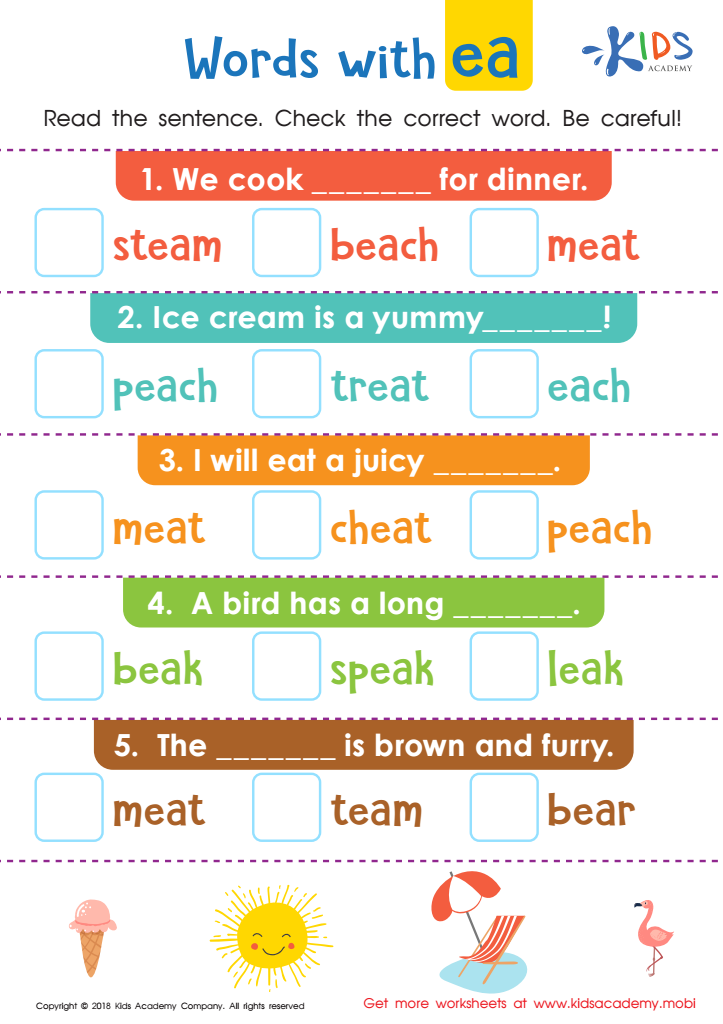

Words with ea Worksheet
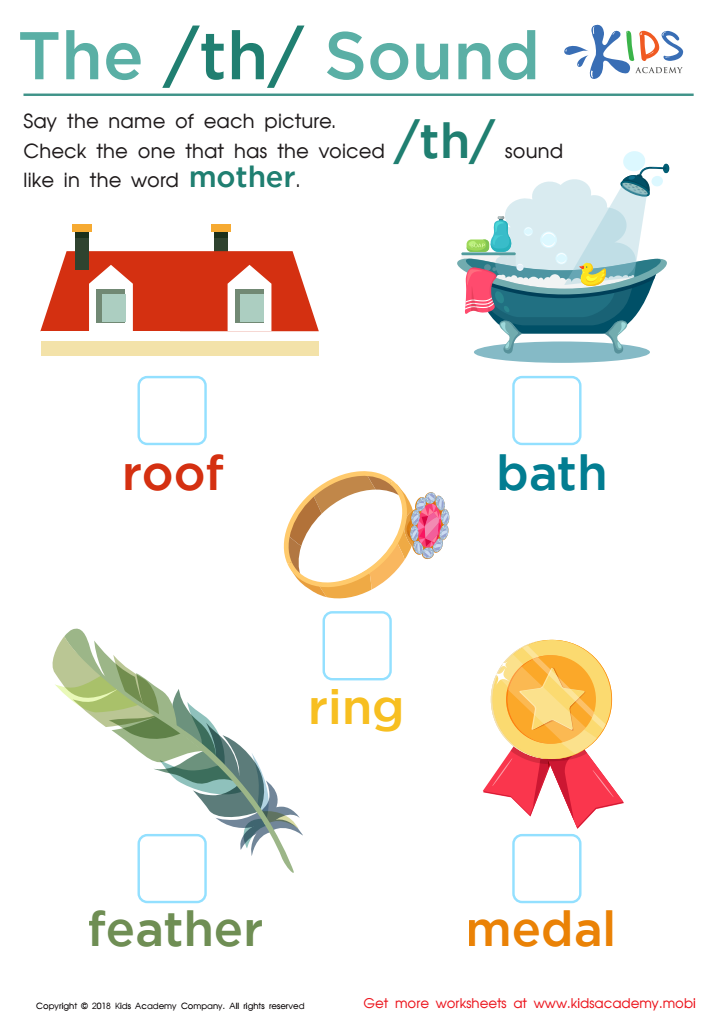

The /th/ Sound Worksheet
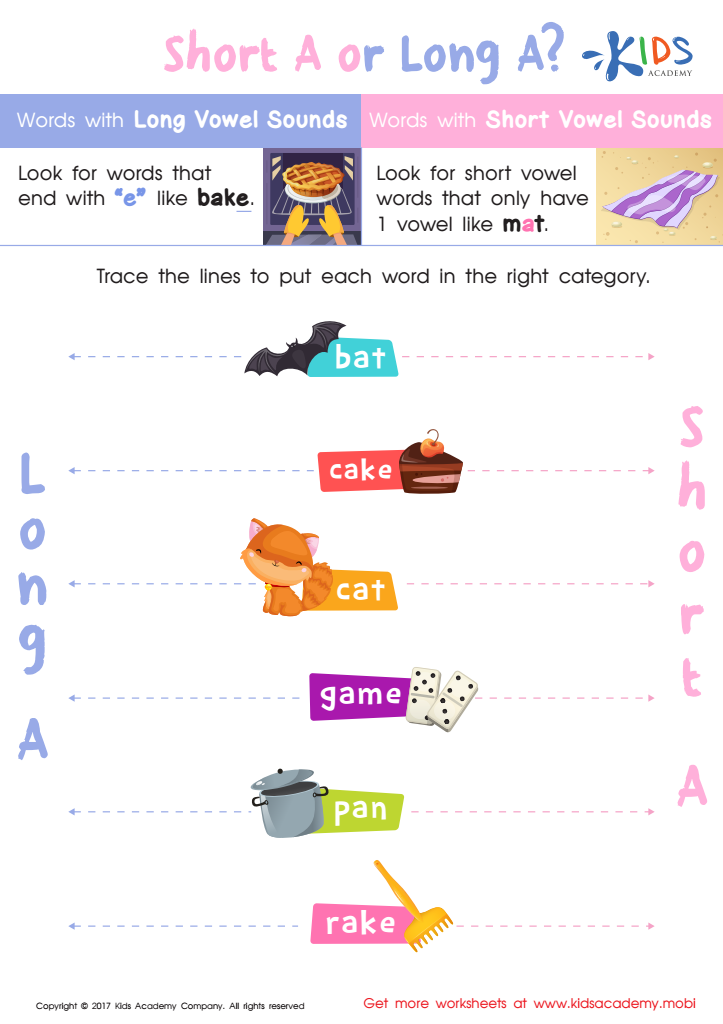

Short /a/ or Long /a/? Worksheet


Enough Is Enough (ough) Worksheet
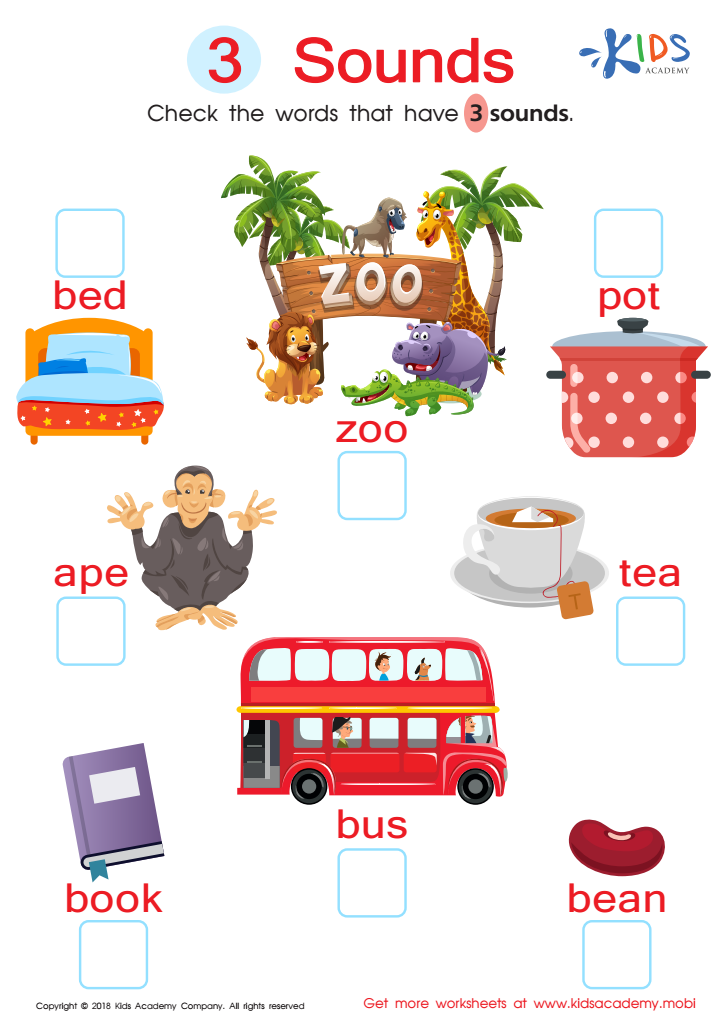

3 Sounds Worksheet
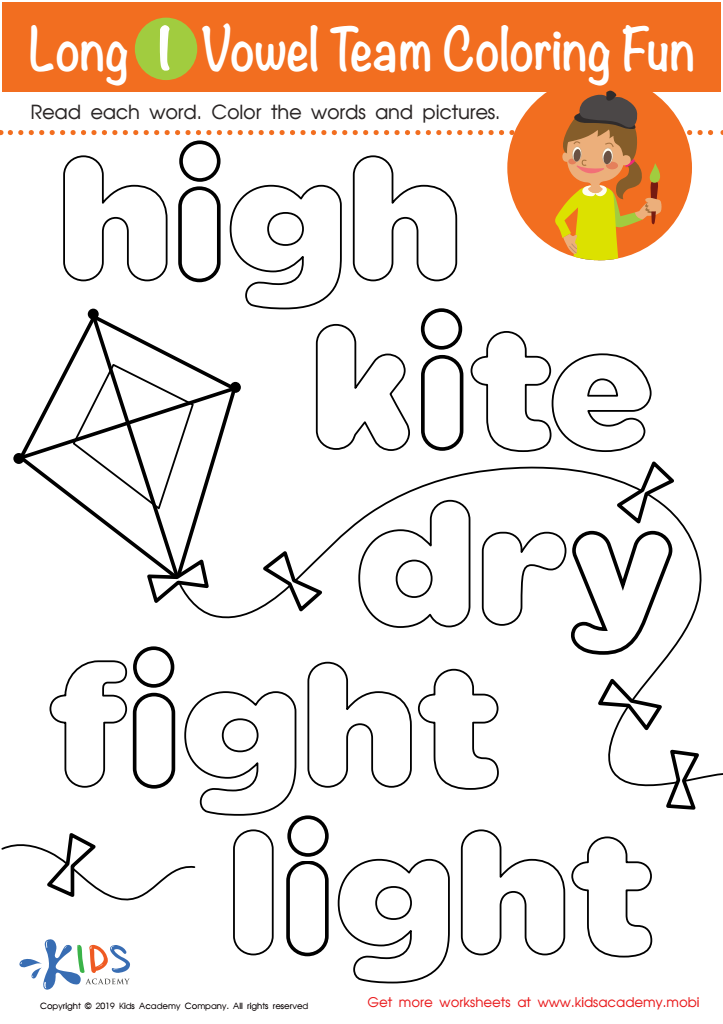

Long I Vowel Team Coloring Worksheet
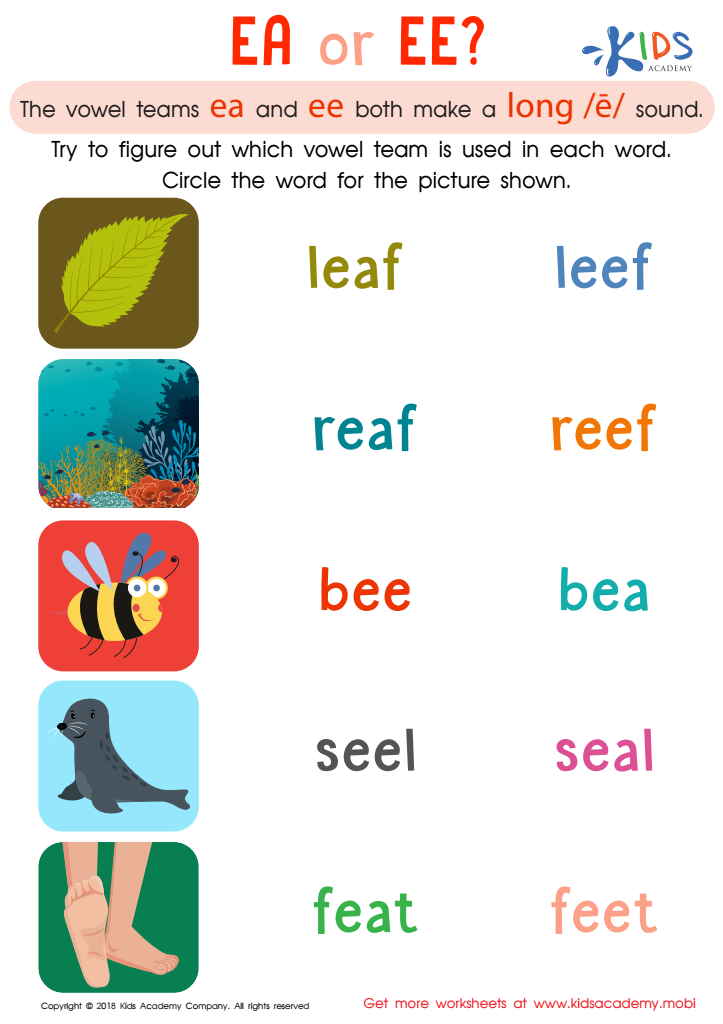

Reading: EA and EE Worksheet
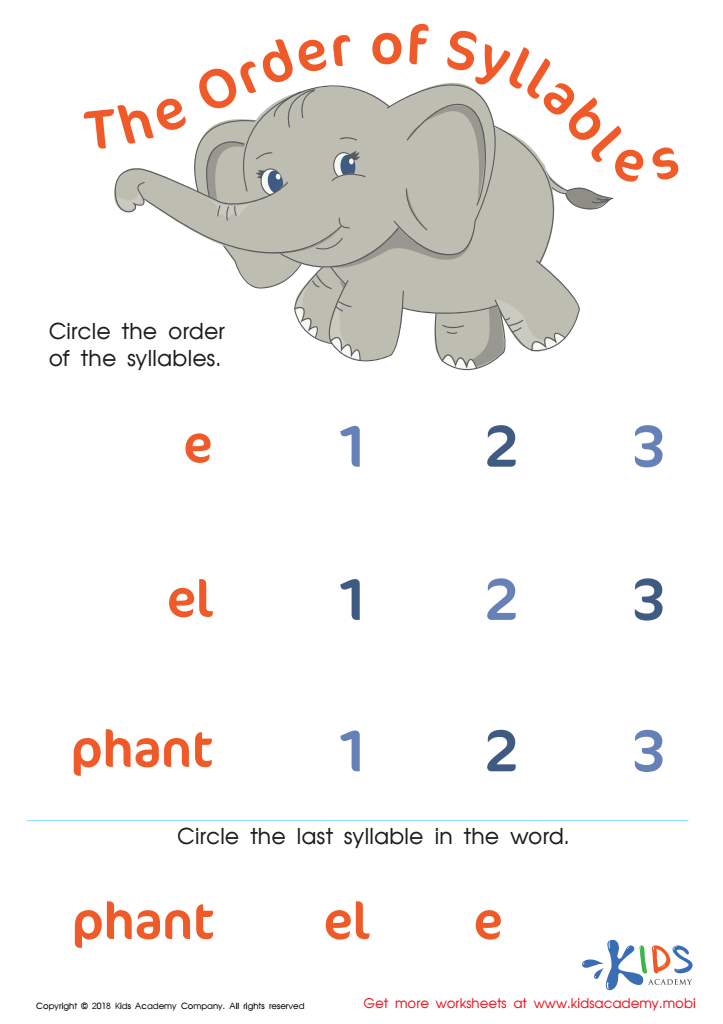

The Order of Syllables Worksheet
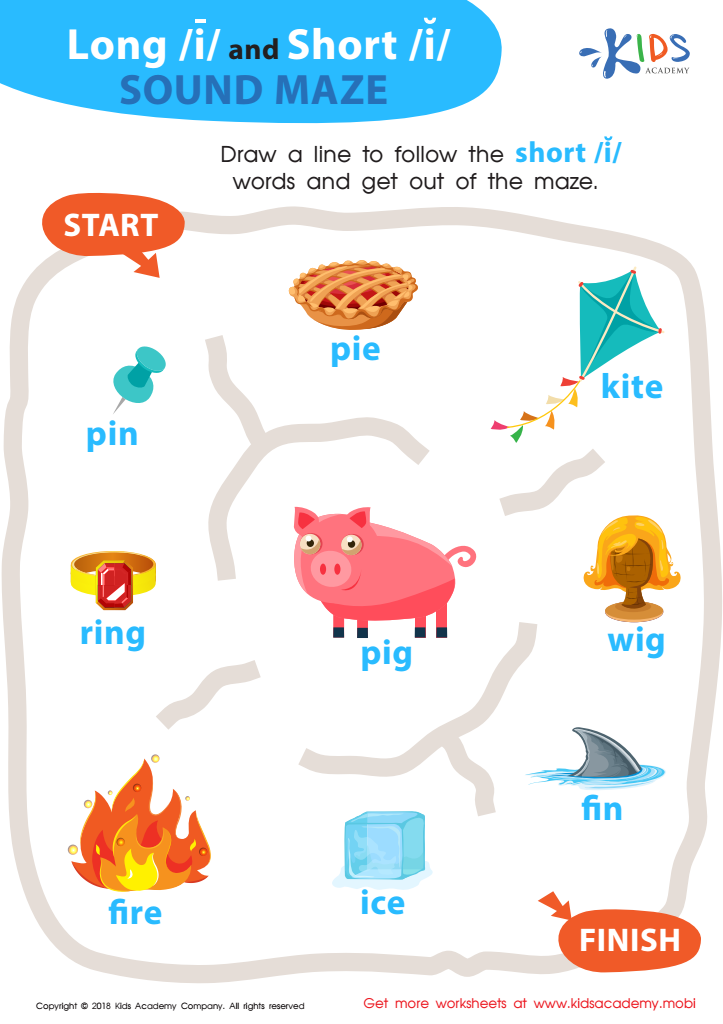

Reading: Long I and Short I Sound Maze Worksheet
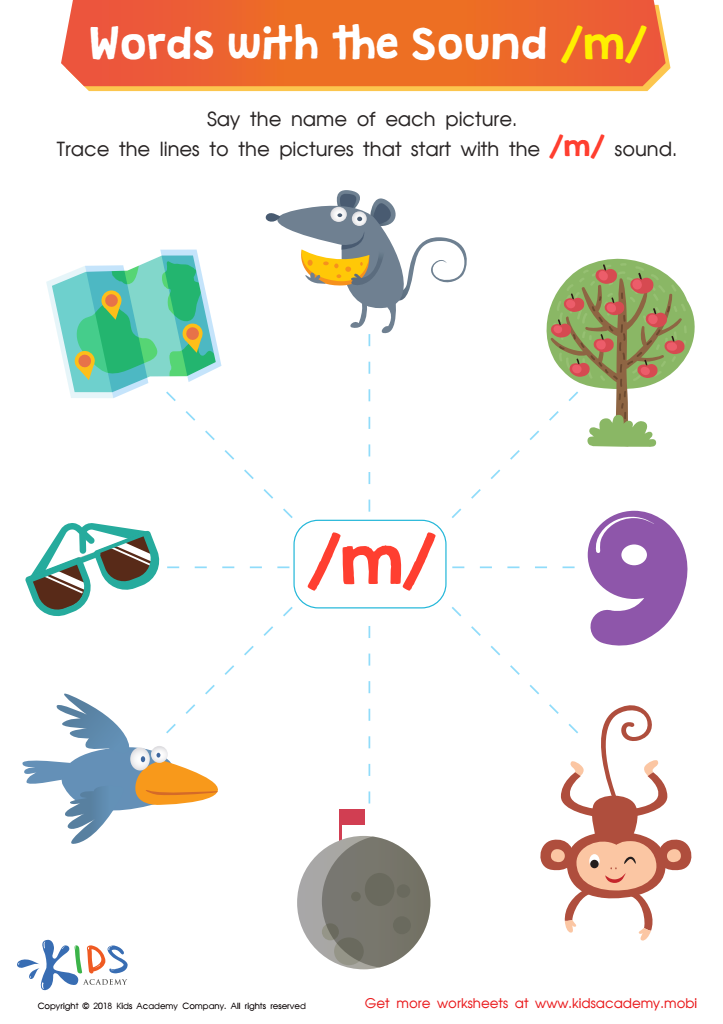

Words with Sound M Reading Worksheet
Reading Improvement Through Normal Phonics for ages 5-9 is crucial because this period is foundational for children’s literacy development. Phonics, the method of teaching reading by correlating sounds with letters or groups of letters, helps kids decode words quickly and efficiently. At ages 5-9, children are typically in kindergarten through third grade—key years for developing reading skills.
Understanding phonics enhances children’s ability to read fluently. Fluent readers spend less energy on decoding words and can focus more on comprehension. Comprehension is essential for learning across all subjects, as it enables children to grasp complex concepts and instructions. A strong grasp of phonics also builds spelling skills, further supporting overall literacy.
Moreover, early success in reading fosters a love for books and learning. This positive association can lead to lifelong reading habits, which are linked to better academic performance and critical thinking.
Teachers and parents who prioritize phonics can provide children with engaging tools and activities to improve their reading capabilities. This age-appropriate focus not only equips children with the skills needed for academic success but also boosts their confidence and self-esteem. Therefore, investing time in phonics during this critical age range can set the stage for a child’s future educational achievements.
 Assign to My Students
Assign to My Students




















